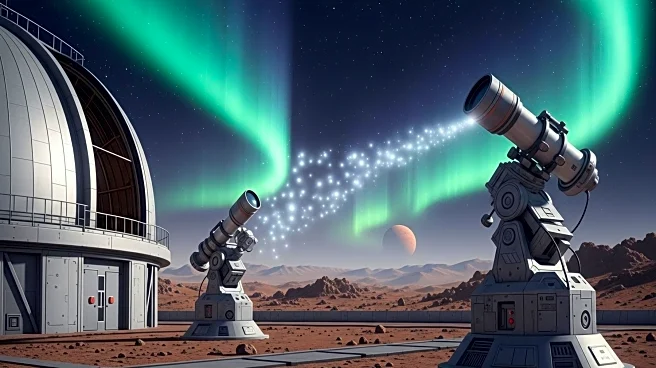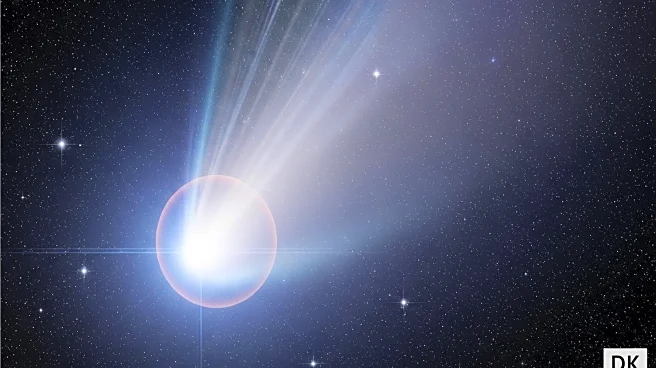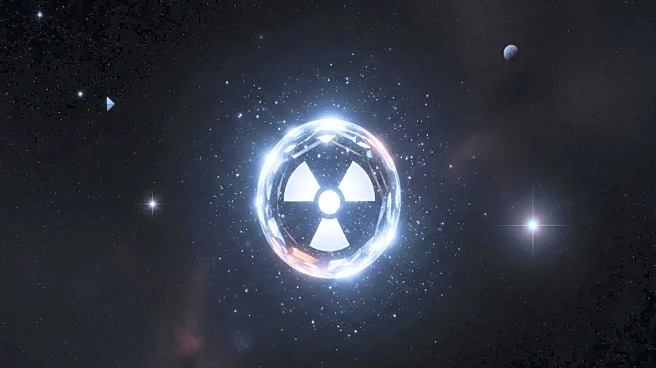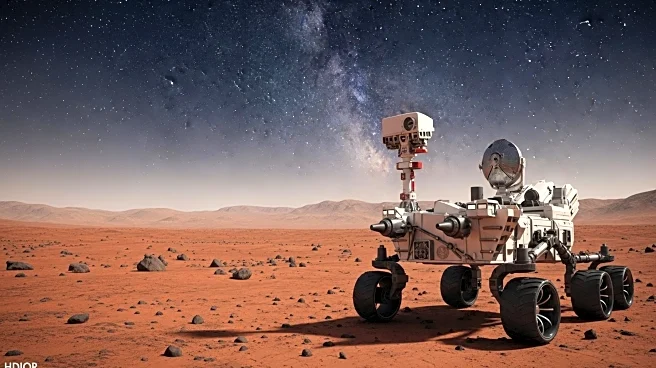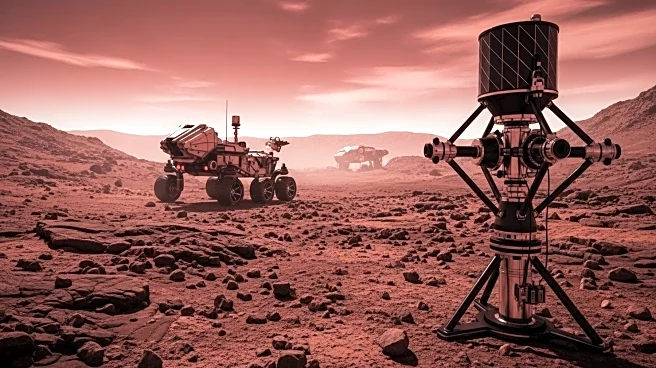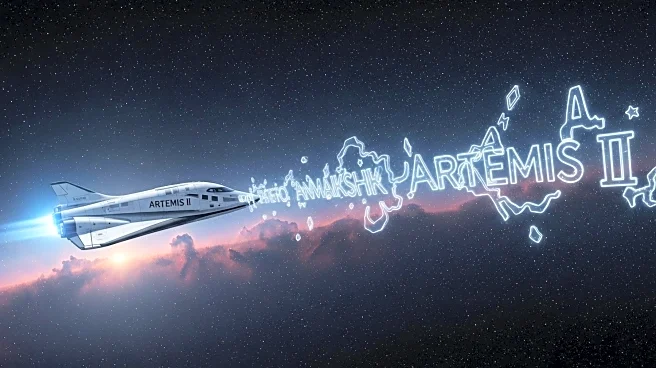What is the story about?
What's Happening?
NASA's Perseverance rover has discovered two minerals, vivianite and greigite, in a drill sample from Mars, which are known to be linked with microbial metabolism. This finding is considered the closest scientists have come to discovering life on Mars. The minerals were found in a core sample taken at Neretva Vallis, an ancient river channel that once fed a lake at Jezero Crater. The discovery has sparked excitement and further investigation into the possibility of life on Mars, with NASA emphasizing the need for gold-standard science to confirm these findings.
Why It's Important?
The discovery of potential biosignatures on Mars is a groundbreaking development in the quest to find life beyond Earth. It extends the period during which Mars was potentially habitable, providing a crucial reference point for future studies. If confirmed, this finding could revolutionize our understanding of Mars and its history, potentially leading to new insights into the conditions necessary for life. The discovery also highlights the importance of continued exploration and research on Mars, as scientists seek to uncover more evidence of past or present life.
What's Next?
NASA plans to continue its exploration of Mars, with future missions potentially focusing on collecting more samples and conducting detailed analyses to confirm the presence of biosignatures. The agency's commitment to sending humans to Mars may accelerate the process of sample collection and analysis. Scientists will also work to determine whether the minerals found require biological processes to form, which could provide definitive evidence of life on Mars.
AI Generated Content
Do you find this article useful?


